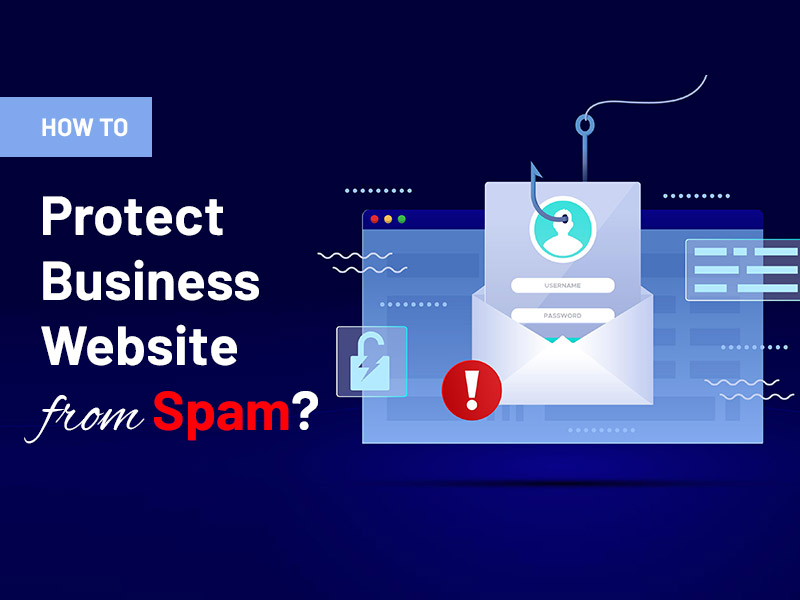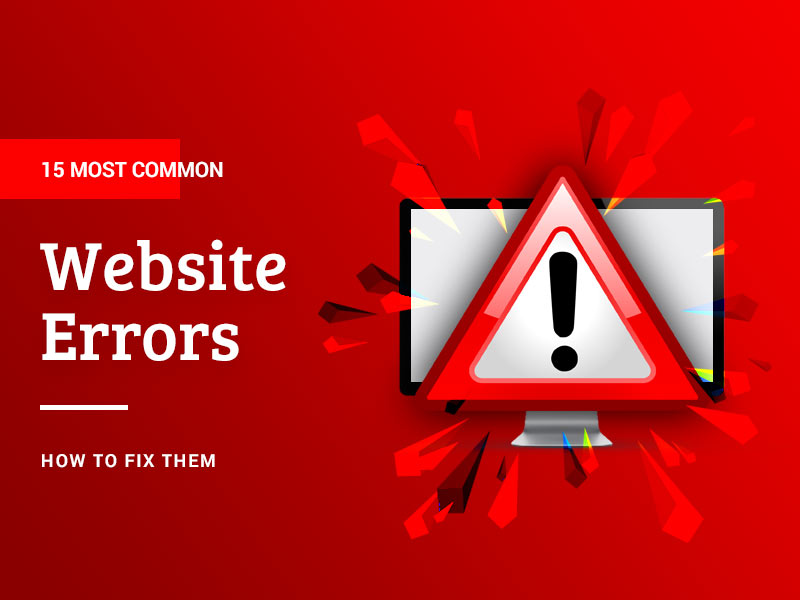Firstly, before digging into this topic you should know what spam or spamming is. Spam is those junk messages that are sent to several people at the same time through a messaging system. These messages are sent not only for commercial purposes but also for hurting people’s religious beliefs. The most common platform for sending emails has been the mail system. Besides, these spams interfere with your daily work life. From opening a web browser to a messaging application, spams are all over.
Anti-spam filtering and its working
Anti-spam filtering is used to detect unwanted and junk emails which may be virus infested and stop them from getting into the email inbox. Spam filtering is applied by the Internet Service Provider (ISP) for both inbound and outbound emails to give better protection to their customers from spam. There are two categories of anti-spam filtering, the first one is based on content and technical aspects like the Word filter, Heuristic filter, and Bayesian filter. And the second type of filter is based on lists like Blacklist filters, Whitelist filters, and Greylist filters.
Filters that are based on the content and technical aspect analyze the emails with the artificial intelligence and machine learning work rules configured in the Secure Email Gateway (SEG).
Word Filter
This is one of the simplest methods of filtering emails where the AI checks the word entered by the user. It blocks all the emails which contain that particular word.
Heuristic Filter
This filter will check the emails according to several algorithms that are assigned a specific numerical score. If an email reaches a certain score it is termed spam and eventually blocked.
Bayesian Filter
Here we are talking about the smartest filer available for filtering emails. This filter is a combination of machine learning and advanced security algorithms. It can distinguish between an unwanted and a useful email from the training it gains from the user. Hence it is a constructive method. Filters based on the lists analyze the sender who has sent the emails.
Blacklist Filter
This type of filter is the most popular where the filter checks the reputation of the IP or whether the email address is good or not. It blocks emails from the sender having a bad fame.
Whitelist Filter
Yes, you guessed it right. It is the exact opposite of what a blacklist filter does. This filter delivers emails or messages from the senders that you added to the trusted list.
Greylist Filter
When you receive an email from an unknown sender, this filter will reject it temporarily as the spammer’s nature is sending junk emails once.
Other ways to protect your website
There are a few other ways to protect the website. Some of them are given below:
- Check that has sent the email – If you are not sure about the sender of the email, then type the address in a search engine and check the results. You will understand whether the address is spam or not.
- Payment details – If you are likely to use your email address for online payments make sure you are using a trustworthy service.
- Sharing your email address – Do not share your email addresses on unnecessary pages and sites. If you are among those users who need to sign up at a lot of sites, then temporary emails are the best option for you. Doing this will reduce the risk.
- Contents are a very useful way of identifying spam – Spams usually contain malware therefore never open suspicious mail and try to open any links.
- Logos are also a way by which you can identify a spammer – They often try to copy to logos of different well-established companies. Pay attention to minute details and you will be able to understand whether it is authentic.
- Protection is essential in this field – If you have a business website, then to protect yourself from spammers you can activate a link after which the users can visit your mail. This process is very effective as the link will look like a file to the spammers and their access will be denied.
These are some effective ways in which you can protect your business website from spam.
Besides, if you want to protect your business website you can take up a web hosting service that offers its users to create and maintain a site and make it available on the World Wide Web. Web hosting company Canada has different packages for services like cloud hosting, management, dedication, etc. This can be a good option for you.
In addition, you can get an SSL certificate for your site. SSL is a secure socket layer that provides a secure encrypted link between a web server and a browser.
All these methods are very efficient in controlling spam, but none are 100% accurate. The adoption of a good anti-virus, good anti-malware tool and a sandbox solution is helpful. These serve as good protection mechanisms.







